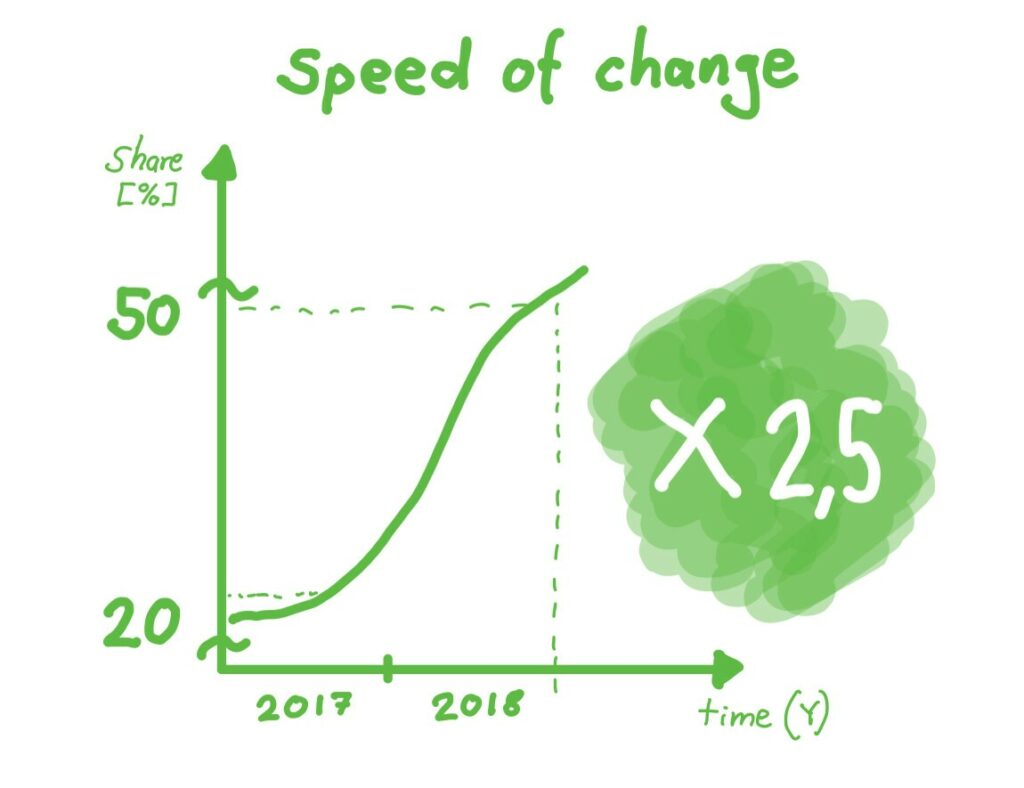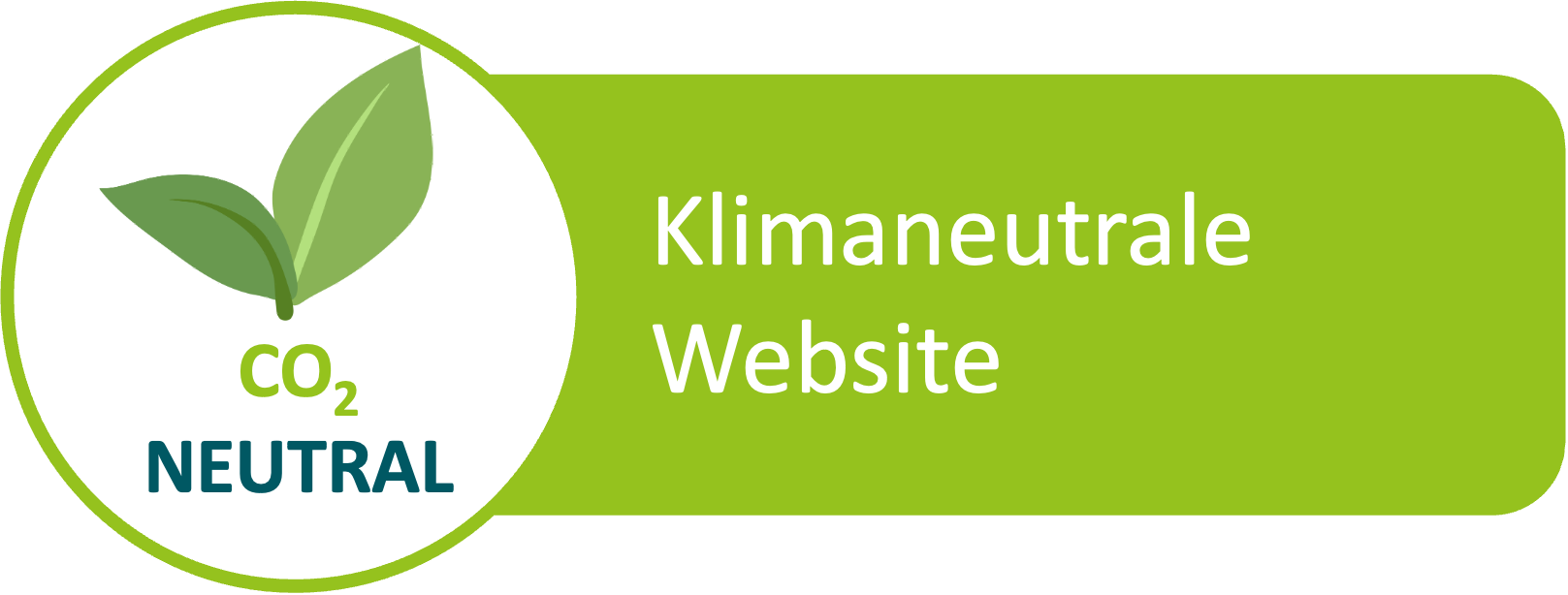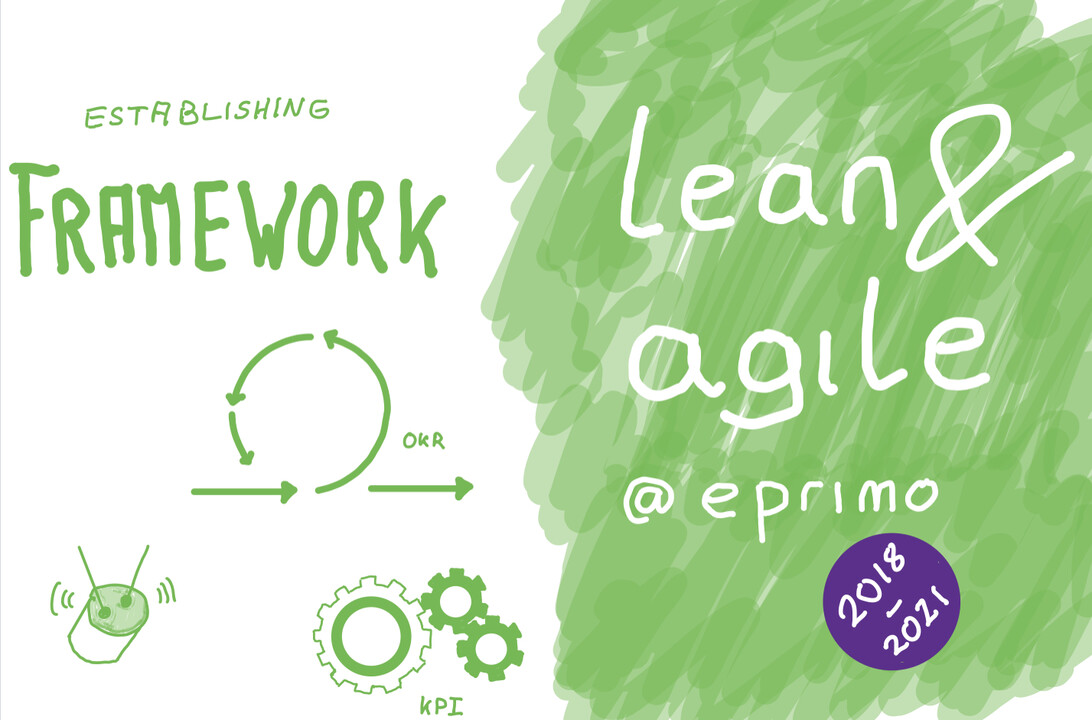This is part of a series of posts reflecting on our transformation lean&agile of the eprimo GmbH.
Why we started – to be DIGITAL or not to be
When we started our journey towards lean and agile 3 years ago we began mastering new digital challenges. We experienced first clear signals requiring immediate change. Within only 18 months customers mobile share to contact eprimo had risen from 20% to a stunning 50%.

However, even though the service was available for mobile use, it didn’t deliver the requested customer experience. Our customers expect levels of usability, functionality and availability they know from the applications they use most. If these expectations are not met, customers just skip and leave. We experienced first hand the impact of this experience gap. Satisfaction scores with digital service were low, bounce rates increased, conversions and first resolutions lagged behind what we were accustomed to.

As we aimed to improve the experience, we realized that the speed of change in customer preferences had surpassed our capability of coping with it. An internal stock taking exercise revealed the root causes which are described below.
1.) dominating waterfall and ownership distributed across silos
Structures so far were designed to efficiency and performance in a stable environment. eprimo was successfully running a classic setup. Product management developed products, marketing drafted concepts to sell these products, sales had to orchestrate and run their channels, operations delivering the service. And IT as an internal service partner delivering at minimal cost. In one part of the company smart concepts were drafted, in the other part delivery on these concepts reigned the rules. Target Setting, Budget allocation and Steering was managed inside and across these functional silos in a hierarchical governance. Then our customers went increasingly digital, the environment turned dynamic and the lack of flexibility in the setup became visible. Namely time to market was too long and the effort to manage this complexity too high.
Worst of all – frictions in the customer journeys made evident that the holistic view of the customer experience had gone lost across silos.
2.) insufficient capabilities and resources in leveraging digital at scale
As experienced in the previous lighthouses the lack of tech savvy skills became obvious. At the time most digital capabilities were sourced from agencies. For instance, relevant core skills like data analytics or digital marketing were looked for externally, and even in some cases small tasks like publishing a product update had to be contracted. This was not only expensive but at the same time time-consuming and ineffective. In contrast other existing skills e.g. pure management roles seemed to be less relevant.
3.) missing optimal match between targets and ressources
Scarcity of resources or better abundance of initiatives has been one of the biggest painpoints we were facing. And the dilemma is well known – too many initiatives for the existing resources. In a retrospective we identified that resources were not matched with the most promising targets for two reasons – unbalanced prioritization and missing synchronization between the different work streams and delivery teams. The prioritizations for resource allocation were taken on request whenever necessary and on different criteria in the respective silos. Or just first come, first serve. Or run over change. Another challenge regarding availability of resources became obvious. Whenever a new initiative was triggered somewhere it absorbed e.g. the available IT resources for the time the project was running, regardless of its value delivered. So a new initiative had to queue up. The different functional silos had their own sprint cadence relevant pinpoint turned out to be the different deployment speeds. Managing Bottlenecks e.g. fast track etc. was ineffective and time-consuming. And we identified the impact of so-called zombie initiatives – pilots which already were inactive but still embedded, consuming resources in operations and IT. Due to increasingly more change requests in shorter time periods an adaption of the existing framework became obvious.
4.) different understandings of lean&agile
Until today eprimos DNA and success has always relied on hands-on entrepreneurship and a proactive and open mindset. When the customer service team faced a growth challenge they embraced digital to meet their ambitious efficiency targets. An agile way of working was suggested to master this challenge. Kundenservice 4.0 turned out to be our first agile lighthouse. The customer service team delivered very promising results both in performance as employee satisfaction and thus encouraged other teams to follow suit. Gini was out of the bottle. Teams and leaders in different areas like innovation or IT started their respective agile initiatives. We started to experience the downside of our approach. Different external agile coaches introduced their philosophy and tools. Some teams embraced the new ways of working, others refused. Acceptance levels in teams and leadership varied. Imagine the interfaces and the complexity caused by different ways of working, different understandings and languages of lean&agile. Despite clear improvements in their respective areas lean&agile generated new complexity and caused resistance in important and significant parts of the company. This development underscored the need to orchestrate and calibrate lean&agile across eprimo.
To address these 4 core deficiencies we started our transformation focussing on 4 building blocks:
Inspired by positive experiences in other industries and building on the positive results of the internal agile lighthouses we embraced lean&agile for the entire company. To kickoff and run our transformation early 2018 we established an appropriate organizational setup consisting of two basic elements providing 100% flexibility in structure and resource allocation.
- An agile room organized in product delivery teams along the customer journey and support teams. New agile roles were introduced.
- A personal development center caring for the eprimos. Ultimately to stuff the agile room according requirement and to foster personal growth.
The overhead functions remained non-agile in the very beginning. The trustful collaboration of both management and workers council enabled this organizational setup signing a respective transformation agreement.
What we experienced since then is an exciting journey of an entire company full of wow and oh-No moments, but ultimately a journey worth riding. Looking back we started mastering digital challenges and ended up unlocking the human potential we already got inside.
You can find part 2 – empowering ownership here!







